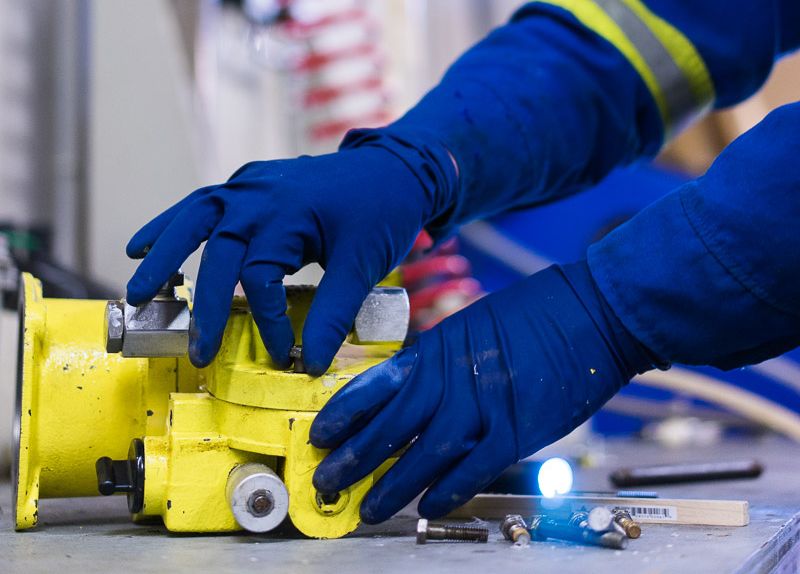A failed pump or pump skid can be an expensive and inconvenient event. When systems or pumps go down, time is often of the essence. It’s tempting to hastily replace parts and push buttons with the hope that you’ll get lucky and something will make the equipment work again. However, there’s a better way to troubleshoot. Here, we will share the basic troubleshooting steps that our expert fluid specialists follow when they’re out in the field to repair a problem. These steps help them get to the root of the problem as efficiently as possible, and they might help you too.

General steps for troubleshooting in the field:
- Listen to the client:
- Make sure you fully understand his or her concerns and you understand the issue that they are trying to fix. They are the best source of information to troubleshoot the system.
- Understand the process:
- How will your action affect the process/production?
- Refer to the equipment manual
- Talk to the operators to get direct feedback
- Think it over. Analyze. Apply a bottom-up troubleshooting philosophy:
- A bottom-up trouble shooting philosophy calls for an exhaustive check of all physical components at the lowest level of the system and going up from there. Sometimes there’s an obvious or simple reason for why a system or pump isn’t working.
- Observe the system:
- Do not touch anything if you are not confident with your actions; watch and analyze.
- Use technical support if necessary
- Perform necessary testing to the equipment:
- Do one thing at a time.
- Repair or replace necessary components but only as required:
- Replacement should only happen once you know for sure that a component is faulty.
- Test the system for proper operation:
- Apply different operating conditions to verify proper function of the system in different scenarios.
- Talk to the client or the end user to make sure he/she is satisfied with the system operation once everything is working properly:
- Do not leave site until you are sure you have achieved the desired final outcome.
DO NOT:
- Keep manipulating the process without talking to the client or end user. The client or end user is always the best source of information to troubleshoot the system.
- Make too many changes at once. You will never know what caused the problem.
- Take guesses and replace components. This approach has the tendency to drive up the cost and time of the repair.
- Play with the equipment (e.g. push buttons) without fully understanding the consequences of your actions.
- Leave the site with the feeling that something is not quite right but it might work. Chances are, IT WILL NOT WORK.

If, after following a methodical process to troubleshooting failed equipment such as the one outlined above, you still have not found a solution to your issue, it may be time to call in an expert. Wave Control’s team of trained service technicians can assist with the repair and servicing of pumps and pump skids, electrical equipment, and various control systems. Contact us for more information.
In a future blog, we will focus on common pump issues that are associated with specific types of pumps, and what lies at the root of those issues.